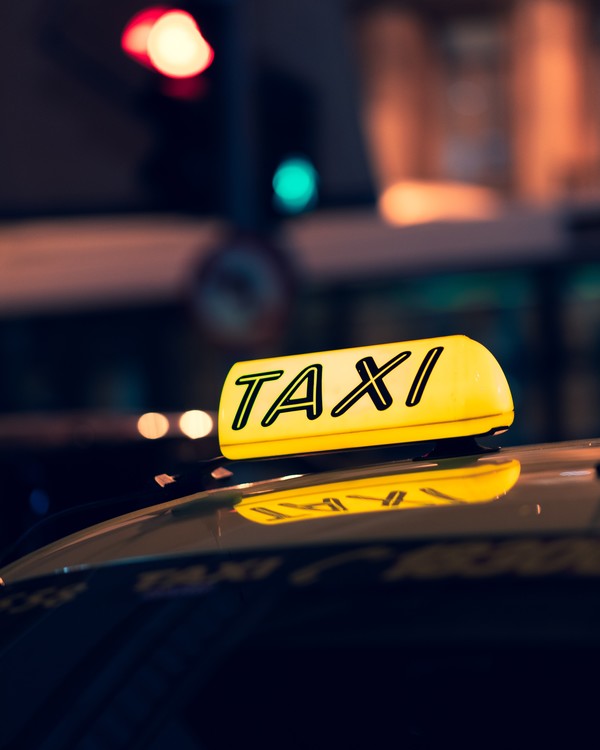A heavy burden on commuters and taxi drivers

AFTER FOUR years of stable taxi fares, the cost of transportation within Seoul has recently risen. The South Korean government has justified this fare hike as a solution to the nighttime taxi and driver shortage. However, this decision concerns many as it may place a heavy burden on the Seoul residents that rely on taxis. The high prices are likely to result in a decrease in customers—making it more challenging for drivers to earn a living. Such inefficiency may ultimately harm not only the drivers but also the government's plan to address the taxi shortage problem.
Taxi fare raise
Starting February 1, the basic taxi fare for the first 1.6 km in Seoul has been raised by ₩1,000, from the original ₩3,800 applied for the first 2 km[1]. An additional ₩100 will also be charged for every 131 m of distance, up from the previous 132 m[1]. Furthermore, the premium late-night taxi fare window has been expanded to begin at 10 p.m. rather than midnight, continuing through 4 a.m.[2] During the hours of 11 p.m. to 2 a.m., the basic fare and standard fare will see a 40% increase, while fares during the rest of the late-night time frame will increase by 20% compared to regular operating hours[2]. These changes have resulted in a 29.2% increase in the cost of a 10 km nighttime taxi ride from Jonggak Subway Station in Central Seoul to Gangnam Subway Station in Southern Seoul[3].
Causes
The COVID-19 pandemic has led to a decline in the number of operating taxis as many drivers left the business amid a plunge in demand for ride services. According to the National Joint Conference of Taxi Associations, there were 230,598 taxis registered nationwide as of June 2022—down 6% from 2019[2]. Hence, supply and demand have been seriously imbalanced in the taxi market. While aged drivers tend to avoid driving during late hours, younger drivers have moved to delivery or chauffeur services as they seek better-paying jobs. As a result, a substantial number of taxi company-affiliated drivers have resigned from their positions.
This has caused difficulties for consumers in securing cab rides, given the surge in demand. In particular, getting a taxi at night in popular areas like Hongdae or Gangnam has become incredibly difficult. The ratio of taxi arrivals upon hail application is only 20%[4]. The Yoon Suk-yeol administration aims to increase the supply of cabs by implementing the fare increase, as they believe that the higher income potential will attract younger drivers and deter them from switching to delivery jobs. The administration hopes that this measure will ultimately address previous customer complaints about the difficulty of catching a cab at night as well.
Problems
Despite the Yoon administration's expectations, the taxi fare hike policy has proven to be ineffective. Instead, the fare hike has imposed a heavier economic burden on passengers while failing to alleviate the shortage of taxis. Currently, 70% of taxi drivers in Korea are over 60 years old and have been unwilling to work late at night, even with the surcharge option[3]. Additionally, despite the fare hike, delivery jobs offer up to 2.5 times the average monthly salary of cab drivers, ₩2 million, making driving taxis still an unattractive job for the younger generation[3]. Many cab drivers are also expressing dissatisfaction with the recent policy. In an interview with The Korea Times, one driver conveyed that the rise in fares would not contribute to their larger income[1]. He also noted that the policy is discouraging people from riding taxis—resulting in a 50% reduction of his customers[1].
In fact, many customers are now avoiding taking taxis, particularly at night, due to the high fares. According to the statistics reported by MBN, the number of customers using taxi-hailing apps at night has decreased by 10%[5]. Instead, people are opting for public transportation as an alternative and are choosing to return home earlier before public transportation stops running. For instance, during an interview with Money Today, Choi Ji-hyeog, an employee in Gangseo-gu, Seoul, disclosed that after company dinners, their group typically recommends departing before 10 p.m. to take the subway and avoid taxis[6]. This shift away from taxis and towards public transportation due to the high prices may have a long-lasting impact on the taxi industry, causing further harm to both the industry and the commuters who depend on it.
* * *
As taxi fares continue to rise in Seoul, concerns are mounting over its implications for both drivers and customers. Although the fare hike was intended to address the taxi shortage issue, it has ultimately resulted in a heavier financial burden for passengers and a decline in ridership.
[1] The Korea Times
[2] The Korea Herald
[3] Korea JoongAng Daily
[4] Maeil Business News Korea
[5] MBN
[6] Money Today

